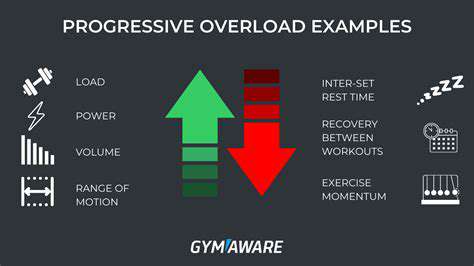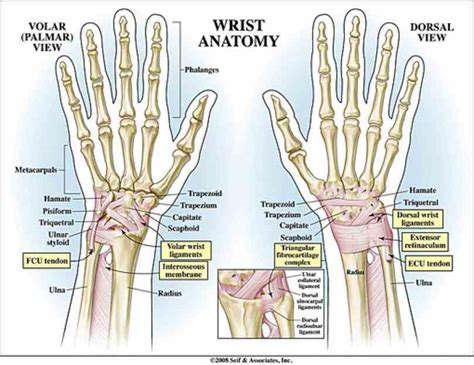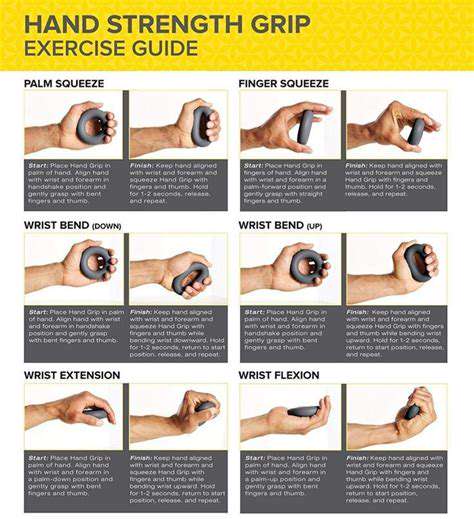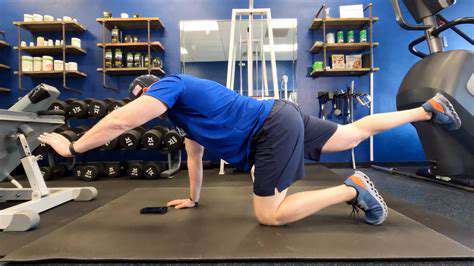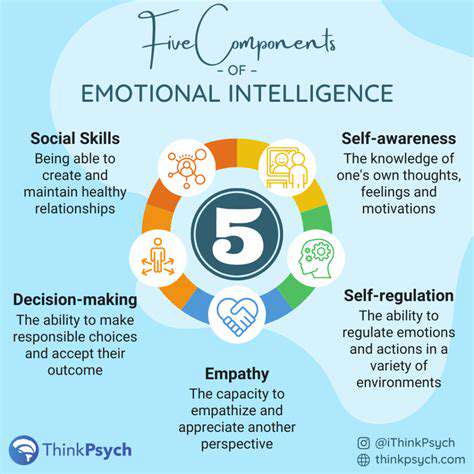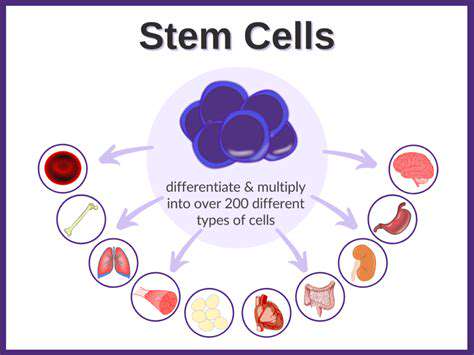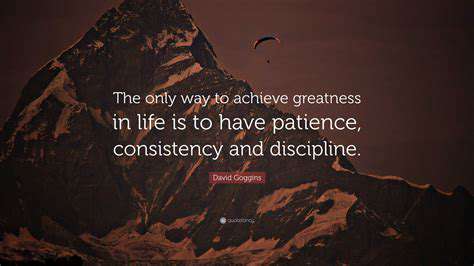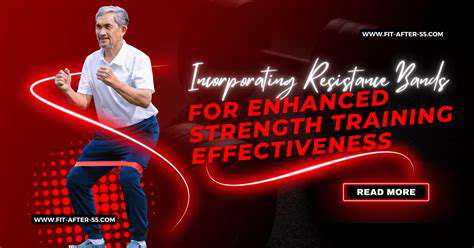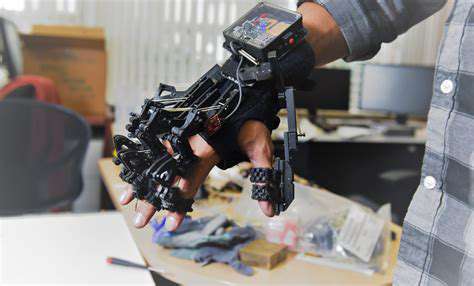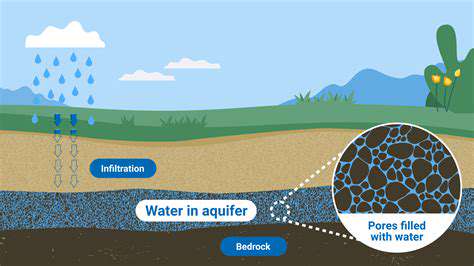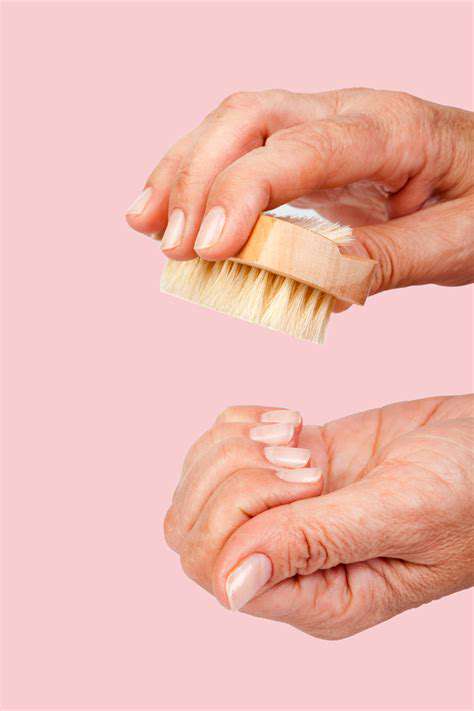Methods to Promote Arm Muscle Recovery
The Science Behind Muscle Recovery
Contrary to popular belief, muscles don't grow during workouts - they grow during the recovery phase. When you exercise, you create microscopic tears in muscle fibers, and it's during rest that your body repairs these tears, making the muscles stronger than before. This biological process explains why athletes who prioritize recovery often see better results than those who simply train harder.
Imagine your muscles as construction sites: the workout is the demolition phase, while recovery is when the actual rebuilding occurs. Without proper rest periods, you're essentially trying to build on unstable ground.
Sleep: Your Body's Natural Performance Enhancer
During deep sleep stages, your pituitary gland releases human growth hormone (HGH) in pulses, with the largest secretion occurring about an hour after falling asleep. This hormone stimulates tissue growth and muscle repair. Studies show that sleep-deprived individuals experience up to 60% less muscle recovery compared to those getting adequate rest.
To optimize sleep quality:- Maintain a cool bedroom temperature (60-67°F)- Eliminate blue light exposure 90 minutes before bed- Consider magnesium supplements to improve sleep depth
Fueling the Recovery Process
Post-workout nutrition follows the 30-minute anabolic window principle. During this period, muscles are particularly receptive to nutrients that aid recovery. A balanced post-workout meal should include:
- High-quality protein (0.4g per kg of body weight)
- Fast-digesting carbohydrates (2:1 carb-to-protein ratio)
- Anti-inflammatory foods (berries, turmeric, fatty fish)
Hydration is equally critical - even 2% dehydration can impair recovery by reducing blood volume and nutrient delivery to muscles.
Movement as Medicine
Active recovery techniques serve multiple purposes:1. Increase blood flow to deliver nutrients and remove waste2. Maintain joint mobility and range of motion3. Reduce delayed onset muscle soreness (DOMS)Effective options include:- Contrast water therapy (alternating hot/cold showers)- Foam rolling for myofascial release- Yoga or tai chi for gentle movement
The Stress-Recovery Connection
Cortisol, the primary stress hormone, has a catabolic effect on muscle tissue. Chronic stress creates an environment where the body breaks down muscle rather than builds it. Mindfulness practices can lower cortisol by up to 25%, creating better conditions for muscle growth.
Try these evidence-based techniques:- 4-7-8 breathing (inhale 4s, hold 7s, exhale 8s)- Progressive muscle relaxation- Guided visualization of recovery processes
Intelligent Training Adjustments
Advanced recovery monitoring tools now allow precise tracking of recovery status:- Heart rate variability (HRV) measurements- Resting heart rate trends- Subjective wellness scoresThe most overlooked recovery tool is actually deload weeks - planned reductions in training volume that allow for supercompensation. Most athletes benefit from a 30-50% volume reduction every 4-6 weeks.
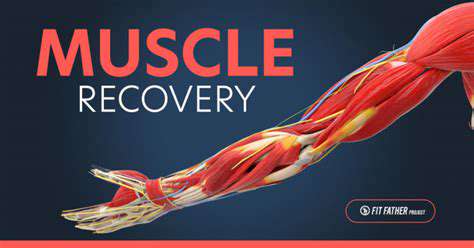
Navigating Recovery Challenges: From Overtraining to Injuries
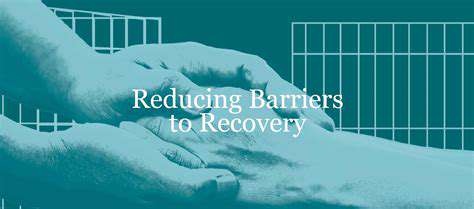
Recognizing Overtraining Syndrome
Overtraining manifests through both physical and psychological symptoms:
| Physical Signs | Mental Signs |
|---|---|
| Persistent muscle soreness | Irritability |
| Increased resting heart rate | Lack of motivation |
| Frequent illnesses | Sleep disturbances |
The key differentiator between normal fatigue and overtraining is time - symptoms persisting beyond 2 weeks indicate potential overtraining.
Injury Prevention Strategies
Common training errors that lead to injuries include:
- Excessive load progression (>10% weekly increase)
- Poor exercise technique
- Inadequate warm-up routines
Implement the 80/20 rule for injury prevention: spend 20% of your training time on prehab exercises targeting:- Rotator cuff muscles- Core stability- Hip mobility
Psychological Aspects of Recovery
Athletes often struggle with:
- Guilt about taking rest days
- Fear of losing progress
- Identity tied to constant training
Cognitive behavioral techniques can help reframe these thoughts. For example, viewing rest days as growth days can create positive associations with recovery.
Nutritional Support for Injury Recovery
Specific nutrients accelerate healing:
- Vitamin C (collagen synthesis)
- Zinc (tissue repair)
- Omega-3s (anti-inflammatory)
Protein requirements increase by 20-30% during injury recovery to compensate for increased protein breakdown.
Returning to Training After Injury
The phased approach to post-injury training:
1. Pain-free range of motion2. Strength restoration3. Sport-specific movements4. Full returnEach phase should last at least as long as the immobilization period to ensure proper tissue remodeling.
